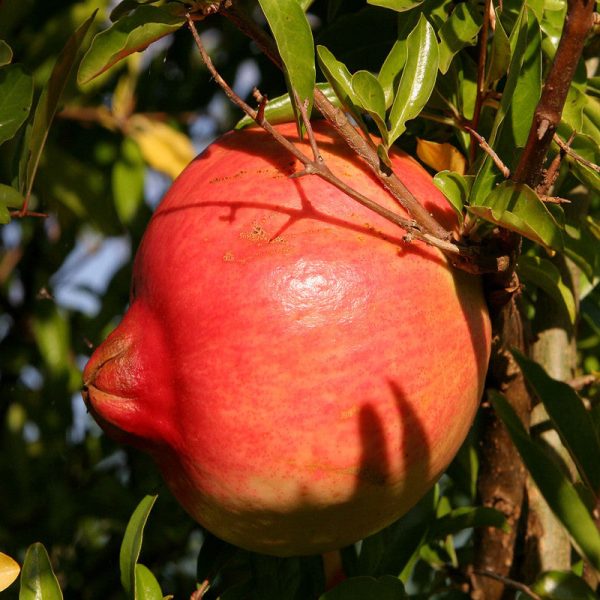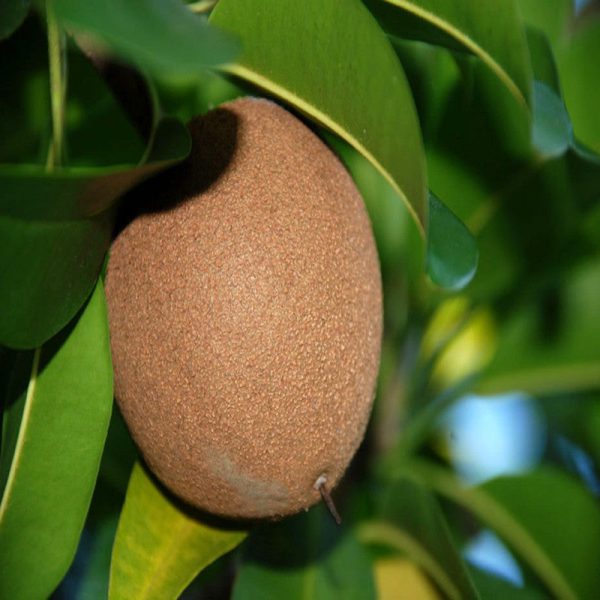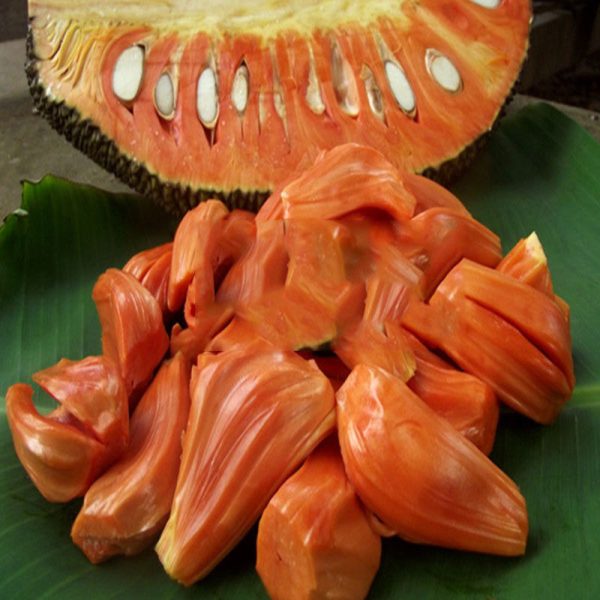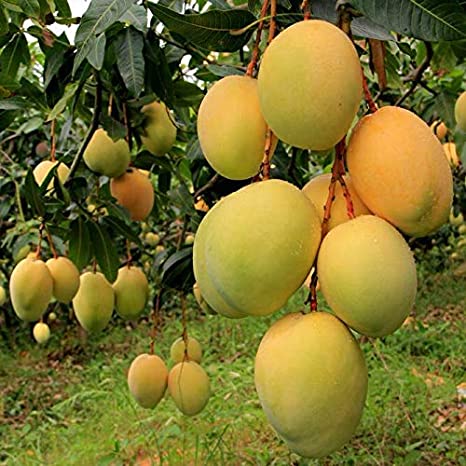Phalsa Cultivation
Introduction
Phalsa (Grewia asiatica) is an indigenous fruit and is commercially cultivated in many states. It belongs to the family Tiliaceae. Phalsa has been mentioned in Vedic literature as having certain medicinal qualities. It is capable of growing under neglected and water scarcity conditions where only a few other crops would survive.
The leaves are broad, round, 5-18 cm long with 1-1.5 cm petiole. The flowers are produced in cymes, as individual flower has a diameter of 2 cm, yellow with 5 large (12 mm) sepals and % smaller (4-5 mm) petals.
The ripe fruits are 5-12 mm in diameter, edible, purple to black, drupe. Because of short shelf life, its fruits are suitable for local market (Anand, 1960) or need to be processed immediately after harvesting (Salunkhe and Desai, 1984).
In India, it is commercially cultivated in the states of Punjab, Haryana, Rajasthan, Uttar Pradesh and Madhya Pradesh.
Uses
It is mostly used as fresh fruit and has cooling effect. Morton (1987) stated that the unripe phalsa fruits alleviate inflammation and are also being administered in respiratory, cardiac, and blood disorders.
The leaves are applied on skin eruptions and they are known to have antibiotic action. The fresh leaves are valued as animal fodder. Its bark is used as a soap substitute in Burma.
However, mucilaginous extract of the bark is useful in clarifying sugar.
Bark fibre of phalsa is used for making ropes. Being fine grained, strong and flexible, its wood is used for archer’s bows, shingles, spear handles and poles.
Its stems are used both for garden poles as well as basket making. It can be processed into juices and candies (Kadam, 2001). The ripe phalsa fruits are consumed fresh, in desserts, or processed into refreshing fruit and soft drinks enjoyed during summer months in India (Salunkhe and Desai, 1984).
Composition
Khurdiya and Anand (1981) isolated anthocyanin viz., delphinidin-3-glucoside and cyaniding-3-glucosidefrom the peel of ripe phalsa fruits.
The air dried phalsa seed contains 7.2 % oil, rich in linoleic acid (51.7 % w/w) and also contains small amounts of palmitoleic, heptadecanoic, linolenic and arachidic acids (Madaan and Khurdiya, 1987).
Dhawan et al. (1993) revealed the presence of sucrose and fructose in both tall and dwarf types, whereas glucose was present only in the fruits of tall type.
Taxonomy and morphology
Grewia asiatica L.; G. subinaequalis DC. (syn. G. asiatica Mast.), and G. hainesiana Hole only yields edible fruits. Phalsa grows to become tall shrub with rough bark on the stem, and have numerous long, slender, drooping branches where the young branchlets are densely covered with a coating of hairs.
The widely spaced, thick, alternate, deciduous and large leaves are broadly heart shaped or ovate, pointed at the apex, oblique at the base measure upto 20 cm in length and 15 cm in width and coarsely toothed, with a light, whitish blush on the under side.
In late spring, bright yellow-orange flowers of 10 to 19 mm are borne in dense cymes in the leaf axils. The small round fruits, purple, crimson or cherry red in colour when ripe, borne on a 2 to 3 cm long peduncle, produced in huge numbers in open, branched clusters.
Fruits ripe gradually on bushes during summer months, while ripening, the fruit skin turns from light green to cherry red or purplish red finally becoming dark purple or black.
The ripe fruit is covered with a very thin whitish layer blush, and becomes soft and tender.
The delicate fibrous flesh is light greenish-white becoming purplish red from seed reaching near the skin. However, the overripe fruit flesh becomes suffused with purple colour later followed by shriveling of fruit skin due to moisture loss.
Its flavour is pleasantly astringent but delicious due to appropriate sugar-acid ratio. The large fruits have two hemispherical hard, buff-coloured seeds up to 5 mm in diameter, while small fruits are generally single seeded.
Soil for Phalsa Cultivation
The phalsa plant grows vigorously and produces satisfactorily under variable soil types including fine sand, clay or even lime stone, when soil fertility is not very poor. The plants become chlorotic and show poor growth under water logged conditions.
Thus, well drained and loamy soils are best for its cultivation. The phalsa has got a deep root system and, therefore, deep alluvial soils of loamy texture free from alkali patches or layer of kankars are recommended for its profitable cultivation.
Climate
The phalsa plantation can grow successfully all over India except at higher elevations. It can tolerate light frost at the cost of defoliation; the plant is deciduous and normally shed its leaves slowly in areas having mild winter season.
It flourishes well under variable climatic conditions, and requires protection from the freezing cold temperatures. However, adequate sunlight and warm or hot temperatures are required for fruit ripening, development of appropriate fruit colour, and good eating quality.
Species and Cultivars
There are 18 genera and 400 species which are distributed in tropical and sub tropical regions of the world and only Grewia asiatica is of commercial importance.
The tall growing wild phalsa plants produce fruits which are of marginal quality and not relished by most consumers. The low growing dwarf and/or bushy type of phalsa plants which develop a good blend of sugar and acid in the fruit flesh are preferred for cultivation (Hays, 1953).
There are no well known cultivars available but there are local favourites for different growing regions (Sastri, 1956; Yadav, 1998).
Flowering
Nehra et al. (1986) observed that in the dwarf genotype, flowers were borne on all nodes, in the leaf axils of the current year’s growth, but in the tall genotype 3 different flowering patterns were observed.
The dwarf type showed precocious anthesis and dehiscence, and had a greater pollen germination percentage on its stigma than the tall type.
Phalsa Propagation
Phalsa is propagated by seed as well as vegetative means. These are discussed below:
- Seed propagation in Phalsa
Phalsa is commercially propagated by seed. Since variability does not exist in phalsa, seed multiplication is quite convenient and cheap. Also, the seedling plants of phalsa are fairly true to type i.e. similar to mother plant. The freshly extracted seeds should be used for raising seedlings.
These seeds loose their viability in 90-100 days under ordinary storage and 175-185 days under cold storage.
Its seeds require 15-20 days for germination, and seedlings get ready in 3-4 months for transplanting in the field. Seeds sown immediately after extraction gave highest germination percentage and shortest germination period (Singh and Jindal, 1979). The vertically placed seeds germinated faster than the other treatments (Singh, 1995).
- Vegetative propagation
Singh et al. (1961) reported that both wood type and planting date influence rooting of phalsa. A treatment with auxins (IAA, IBA, NAA) improve rooting of difficult to root hardwood cuttings of phalsa (Yadava and Rajput, 1969), ground and air layers (Mohammed and Chauhan, 1970).
Its plant is readily propagated by rooting of hardwood cuttings as well as layering (Samson, 1986). The best treatment for propagation through stool layering were 10,000 ppm IBA and 5,000 ppm IBA + 5,000 ppm catechol (Prasad et al., 1989).
- Micro propagation
Verma et al. (1972) observed that phalsa cuttings treated with 5 % sugar + 100 ppm IBA improve rooting. The stem cuttings treated with 0.5 % Agallol + 3500 ppm IBA or 0.5 % Merculin + IBA (1000, 2500 or 3500 ppm) showed cent percent success (Singh and Kumar, 1974).
Kathrotia and Singh (1995) revealed that hardwood cuttings treated with 200 ppm IBA resulted in highest rooting percentage (82.5 %). Srivastava et al. (1994) reported that 2000 ppm IBA gave best results for growth and survival of G. subinaequalis cuttings.
Phalsa Planting
Pits of 60 cm x 60 cm x 60 cm size are filled with top soil and farm yard manure (10 kg/pit). Phalsa plants can be planted either during February-March or July-August when the plants shed their leaves.
One-year old seedlings are planted apart at a distance of 2.5 to 3.0 meters. However, it is well suited for high density planting, as it completes flowering and fruiting within 4-5 months.
The yield of phalsa can be increased by increasing the plant population. For increasing plant population, a double row planting system can be used as in this system, two plants are planted at one place at a distance of 0.6 meters, whereas a second pair of plants is planted at a distance of 3 meters from the first pair.
By adopting this method, the number of plants per unit area is doubled and the total yield is increased by 20-30 per cent.
Training and pruning of Phalsa
As phalsa is allowed to develop like a bush hence no initial training is required. Since phalsa bears fruit on current season’s growth, there is a need for regular but severe annual pruning before spring for better quality fruits.
An annual pruning to a height of about 100 cm encourages new shoots and higher yield of marketable fruit than more drastic pruning (Singh and Sharma, 1961). Rao and Reddy (1989) studied the effect of time and severity of pruning on yield of phalsa and reported that highest fruit yields (3,274-3,530 kg/ha) were obtained by pruning to 75 cm above ground level on 1st Jan.
The head-trained plants gave higher yields, fruit and juice weights than the bush-trained plants (Brar et al., 1997). The different levels of pruning and nitrogen fertilizer did not affect the total soluble solids and acidity of the fruits, however, highest yield (5.50 kg/bush) was recorded in treatment comprised of pruning at 75 cm + 200g N/bush (Singh and Singh, 2003).
Pruning of phalsa at a height of 40 cm gave highest average yield per plant (Singh et al. 2004). Phalsa plants pruned on 22 December and 7 January, at either 100 or 125 cm from the ground produced maximum fruit clusters, fruit weight and yield per plant .















Reviews
There are no reviews yet.